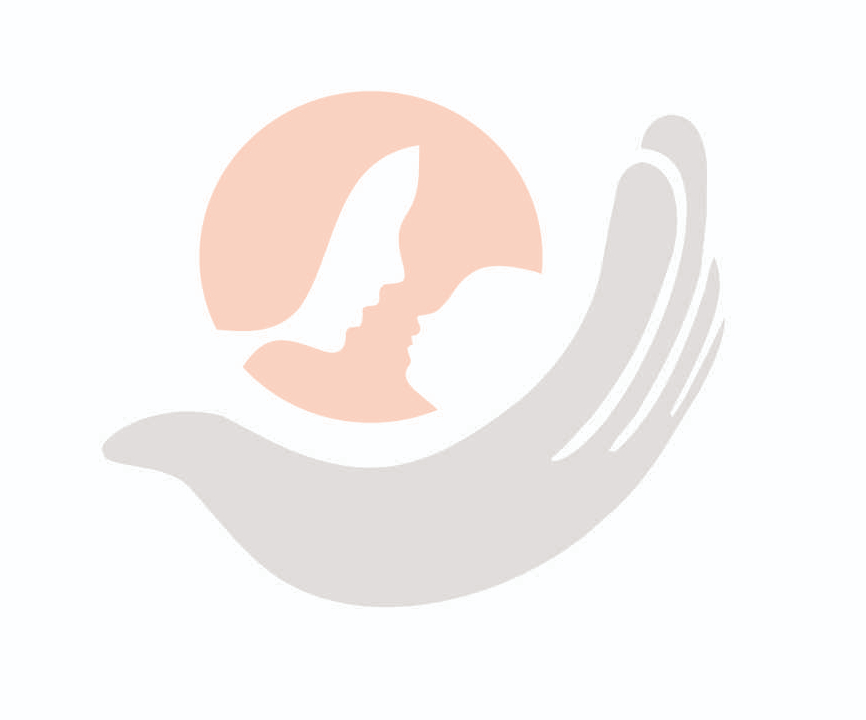+918042757020

This is your website preview.
Currently it only shows your basic business info. Start adding relevant business details such as description, images and products or services to gain your customers attention by using Boost 360 android app / iOS App / web portal.
BREASTFEEDING Breastfeeding, also known as nur...
BREASTFEEDING Breastfeeding, also known as nursing, is the feeding of babies and young children with milk from a woman's breast.Doctors recommend that breastfeeding begin within the first hour of a baby's life and continue as often and as much as the baby wants.During the first few weeks of life babies may nurse roughly every two to three hours, and the duration of a feeding is usually ten to fifteen minutes on each breast. Older children feed less often. Breastfeeding has a number of benefits to both mother and baby, which INFANT FORMULA LACKS. HEALTH BENEFITS OF BREASTFEEDING The cells, hormones, and antibodies in breastmilk help protect babies from illness. This protection is unique and changes every day to meet your baby’s growing needs. Research shows that breastfed babies have lower risks of: Asthma Leukemia (during childhood) Obesity (during childhood) Ear infections Eczema (atopic dermatitis) Diarrhea and vomiting Lower respiratory infections Necrotizing enterocolitis, a disease that affects the gastrointestinal tract in premature babies, or babies born before 37 weeks of pregnancy Sudden infant death syndrome (SIDS) Type 2 diabetes WHAT IS COLOSTRUM AND HOW DOES IT HELP THE BABY Your breastmilk helps your baby grow healthy and strong from day one. YOUR FIRST MILK IS LIQUID GOLD: Called liquid gold for its deep yellow color, colostrum is the thick first milk that you make during pregnancy and just after birth. This milk is very rich in NUTRIENTS and includes ANTIBODIES to protect your baby from infections. Colostrum also helps your newborn's digestive system to grow and function. Your baby gets only a small amount of colostrum at each feeding, because the stomach of a newborn infant is tiny and can hold only a small amount. Your milk changes as your baby grows. Colostrum changes into mature milk by the third to fifth day after birth. This mature milk has just the right amount of fat, sugar, water, and protein to help your baby continue to grow. It looks thinner than colostrum, but it has the nutrients and antibodies your baby needs for healthy growth. BASIC TIPS ON BREASTFEEDING 1)LATCHING OF BABY ONTO THE BREAST In the beginning, it might take quite a few tries to get your baby into the right position — but keep trying. First, it’s essential to know a good latch, since improper latching is the most common cause of breast discomfort. Baby's mouth should cover both your nipple and the areola, so that baby’s mouth, tongue and lips massage milk out of your milk glands. Sucking on just the nipple will not only leave your infant hungry because the glands that secrete the milk won’t be compressed, it will also make your nipples sore and cracked. Here’s how to get that latch going: HOLD YOUR BABY facing your breasts, with the front of her body facing yours, tummy to tummy. Her head should be in line with the rest of her body, not turned, to make swallowing easier. TICKLE BABYS LIP with your nipple to encourage baby to open very wide, like a yawn. If your baby isn’t opening up, try to squeeze some colostrum, and later, milk, onto her lips. IF YOUR BABY TIRNS AWAY gently stroke the cheek on the side nearest you. The rooting reflex will make baby turn her head toward your breast. BRING BABY FORWARD TOWARDS THE BREAST once her mouth is open wide. Don't lean over and push your breast into baby’s mouth — let your baby take the initiative. Keep a hold of your breast until baby has a firm grasp and is suckling well. YOU'LL KNOW YOU'VE GOT A PROPER LATCH when baby's chin and the tip of her nose are touching your breast. Baby’s lips will be flared outward, like fish lips, rather than tucked in. Check that your little one isn’t sucking on her own lower lip or tongue — newborns will suckle anything — by pulling her lower lip down while nursing. WATCH FOR SUCKLING— that is, extracting colostrum or breast milk from your breast, not just sucking or gumming your nipple. If baby is suckling, you’ll see a strong, steady suck-swallow-breath pattern. You’ll also notice a rhythmic motion in baby’s cheek, jaw and ear. Once your milk comes in, listen for the sound of swallowing or gulping. You’ll know baby isn’t latched properly if you hear clicking noises. IS THERE TROUBLE IN LATCHING Break the suction carefully by gently inserting a clean finger into the corner of her mouth or by pressing on your breast near the mouth. Then begin the lip tickling anew and let her latch on again properly, with the nipple and the areola in the mouth. To continue......Dr Nandini shete

